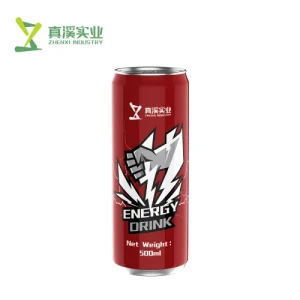A Refreshing Change in Consumer Preferences
In the last decade, the beverage market has seen a significant uptick in the popularity of sparkling water. What was once a niche product found mostly on European dining tables has now become a mainstream drink in markets worldwide, including the United States. The growing demand for sparkling water reflects a shift in consumer habits towards healthier and more versatile beverage options.
Healthier Hydration Choices
One of the primary reasons for the surge in sparkling water's popularity is the health-conscious movement among consumers. Many are actively reducing their intake of sugary sodas and artificially sweetened drinks. Sparkling water offers a calorie-free, sugar-free alternative that still provides the satisfying fizz of a soda. For instance, while a 12-ounce can of regular cola contains about 150 calories and 40 grams of sugar, an equivalent serving of most sparkling waters has zero calories and no sugar.
The Sensory Appeal
Beyond health benefits, the unique sensory experience of sparkling water is a big draw. The carbonation adds a pleasurable texture, transforming plain water into a more exciting drink. This fizzy sensation enhances the drinking experience, making hydration feel like a treat rather than a chore.

Influence of Flavor Innovations
Innovation in flavors has also played a critical role in the rise of sparkling water. Brands are increasingly offering a range of options from simple citrus to exotic fruits, and even botanical blends, catering to a wider audience with varied tastes. These flavored sparkling waters provide a complex taste experience without the calorie burden of more traditional sweetened beverages.
Environmental Considerations
Another factor contributing to the popularity of sparkling water is the increasing awareness of environmental issues. With many sparkling waters available in recyclable containers, like aluminum cans and glass bottles, environmentally conscious consumers feel better about their beverage choices. The use of aluminum cans, for example, supports recycling efforts as aluminum can be recycled indefinitely without loss of quality.
Marketing and Consumer Perceptions
Effective marketing strategies have also boosted sparkling water's popularity. Many brands position their products not just as drinks, but as lifestyle choices that offer sophistication and wellness benefits. This branding resonates particularly well with millennials and Gen Z consumers, who prioritize authenticity and sustainability in their purchases.
Adoption by Food and Beverage Establishments
Finally, the adoption of sparkling water in restaurants, cafes, and bars—where it's often offered as a premium alternative to still water—has helped normalize its consumption. It's not uncommon now to see sparkling water used in craft cocktails or offered as a complimentary refreshment, enhancing its status as a trendy and desirable choice among diners.
The popularity of sparkling water is more than just a trend; it's a reflection of broader changes in consumer attitudes towards health, environment, and lifestyle. As these preferences continue to evolve, sparkling water stands out as a beverage that meets the needs of the moment, combining health benefits with pleasure and responsibility.